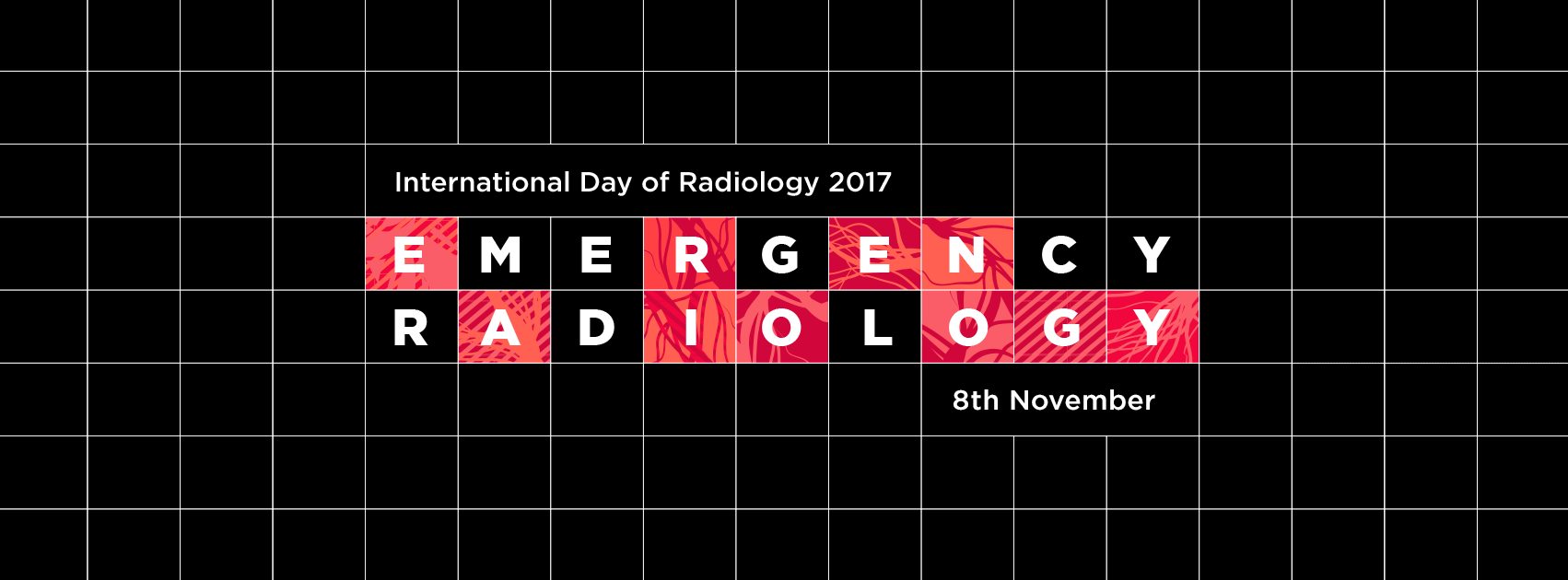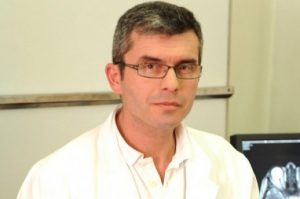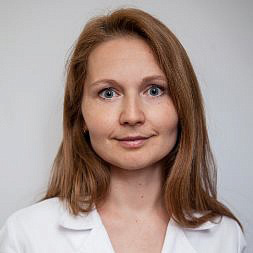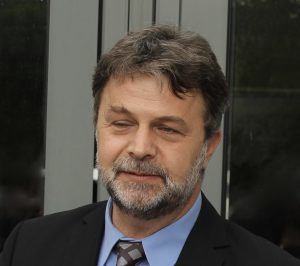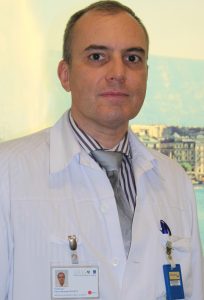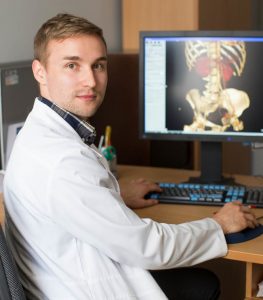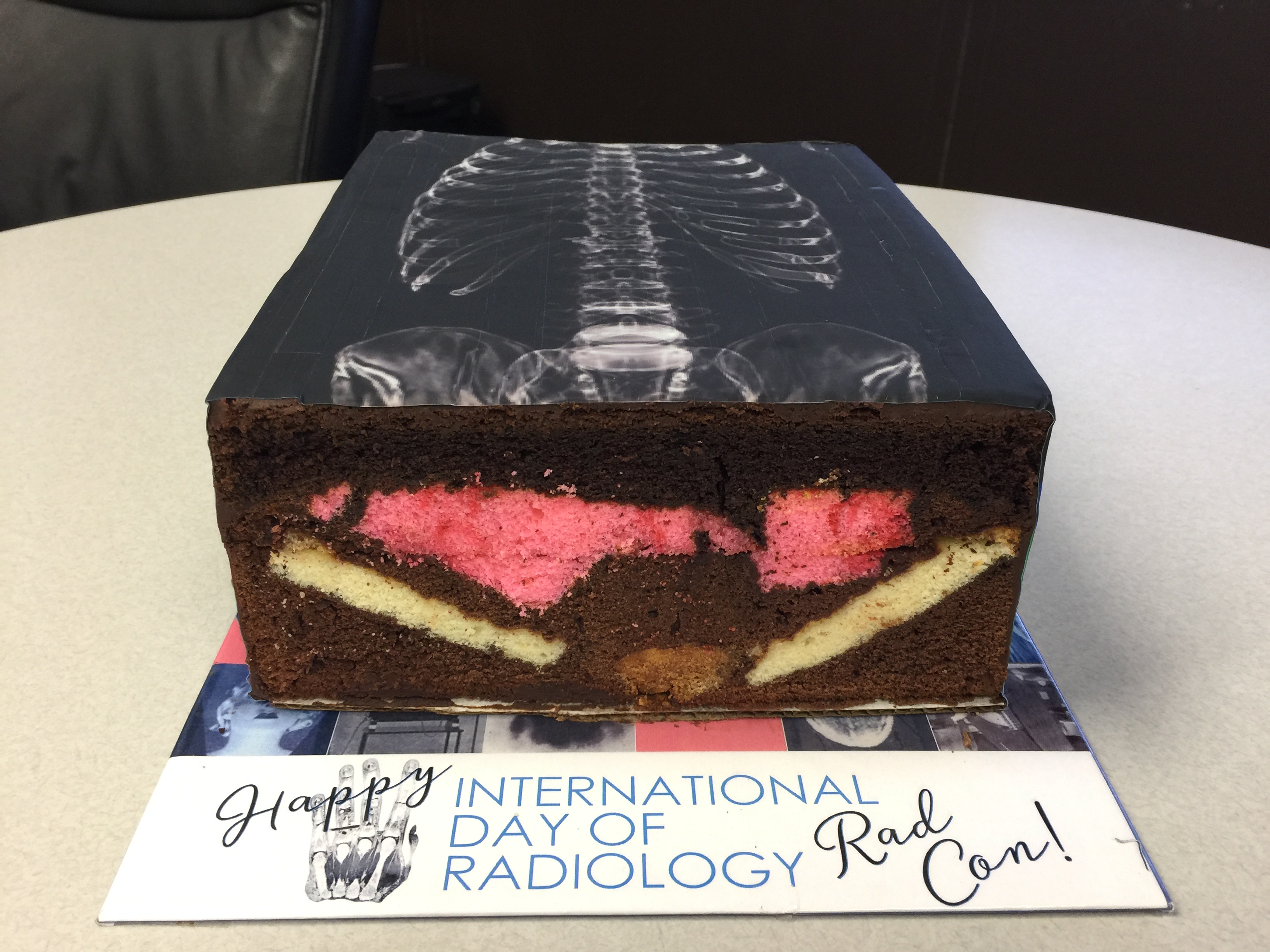Slowly but surely, emergency radiology subspecialisation is being recognised, says Denmark’s first full-time emergency radiologist
This year, the main theme of the International Day of Radiology is emergency radiology. To get some insight into the field, we spoke to Dr. Csaba Traply, head of the emergency department radiology unit and chief emergency radiology consultant at the radiology department of Odense University Hospital in Odense, Denmark.
European Society of Radiology: Could you please describe the role of the radiologist in a typical emergency department in your country?
Csaba Traply: Our emergency department, which opened five years ago, is the first of its kind in Denmark. I was the first Danish radiologist to be employed as a full-time, emergency radiologist.
Together with my younger colleagues (who are in rotation in various radiology subsections, including our emergency section) we are part of a team in the emergency department. Our main focus is to give optimal, expedient examinations and diagnoses to incoming patients. Our goal is for patients to have a preliminary diagnosis within four hours of arriving at the emergency department, no matter what the time of day. In our case, patients usually receive a final diagnosis within this period, thanks to having a radiology unit physically located in the emergency department and available around the clock.
In other hospitals in Denmark, similar emergency departments have just been established. Unfortunately, not all of these will include an on-site radiology unit, and among those that do, not all will have an on-site radiologist.
Personally, I cannot imagine emergency radiology without the constant, physical presence of a radiologist, as the condition and required diagnostics for emergency patients can change rapidly. Therefore, I think that our presence and participation as part of the emergency team is essential.

Dr. Csaba Traply is head of the radiology unit in the emergency department and chief consultant in emergency radiology at the radiology department at Odense University Hospital in Odense, Denmark.
ESR: What does a typical day in the emergency department look like for a radiologist?
CT: In the early morning, only few new patients arrive. At around 10:00, the number of patients starts to increase, and the number of visitors peaks between 14:00–20:00. I think that this is a universal pattern in all emergency departments. Naturally, the workload follows this timeline.
Every morning begins by reporting examinations from the previous night, as well as visitation of the previous referrals and the beginning of new examinations. In the meantime, examinations of the newly arriving patients also commence.
ESR: Teamwork is crucial in an emergency department. How is this accomplished in your department and who is involved?
CT: As I already mentioned, in our emergency department, there is an on-site radiology unit with an on-site radiologist and technicians. We are an active part of the team, and in many cases, we are guiding clinicians to choose the appropriate examinations, and often our report influences patients’ treatment. This happens through direct communication and collaboration with the clinicians, often before our final report is released. So far, this works well and is a model in emergency medicine in Denmark. This is why I find it difficult to imagine that examinations take place in the emergency department, but the reporting takes place outside the emergency department.
If necessary, we cooperate and consult with the other subsections in our radiology department (e.g. neuroradiology, thoracic and abdominal radiology).
